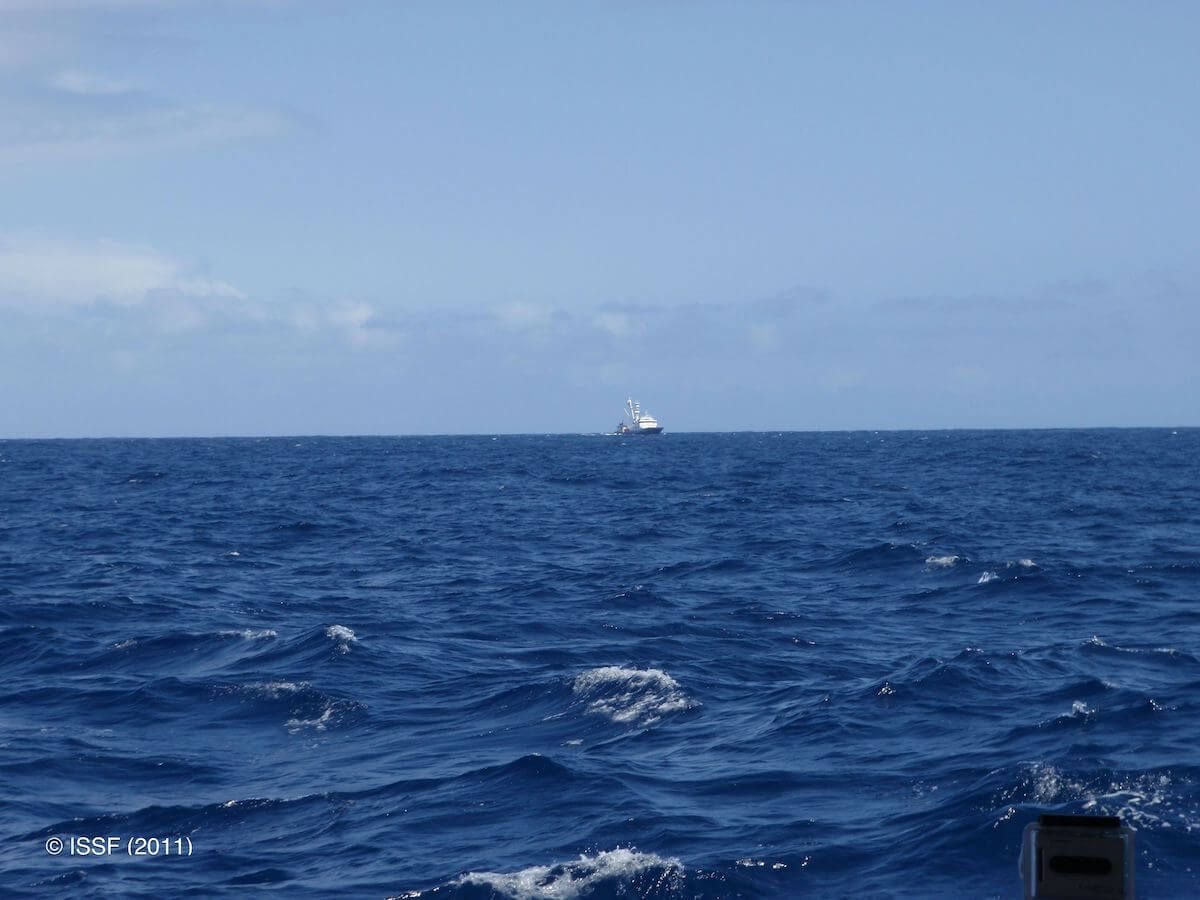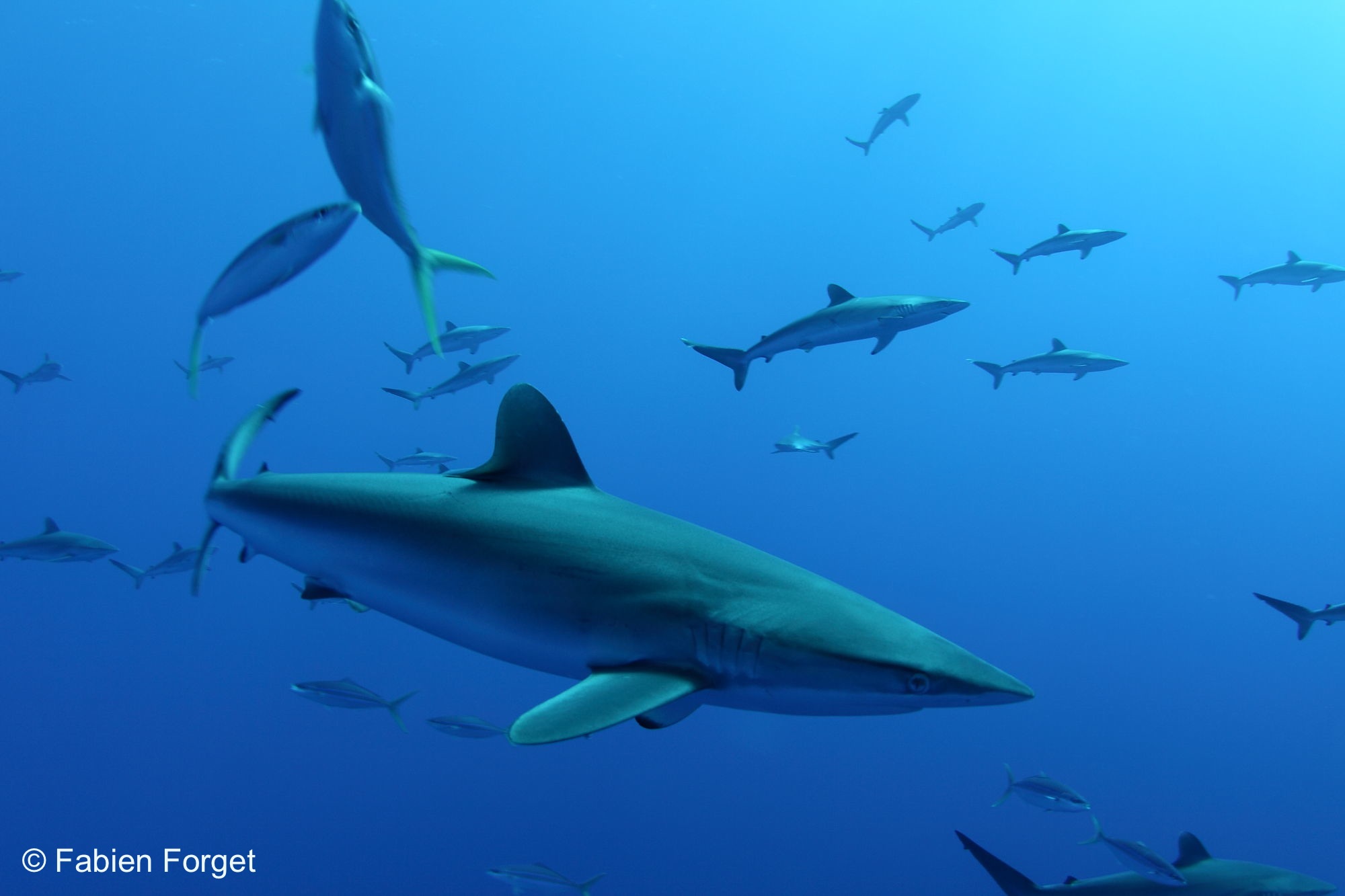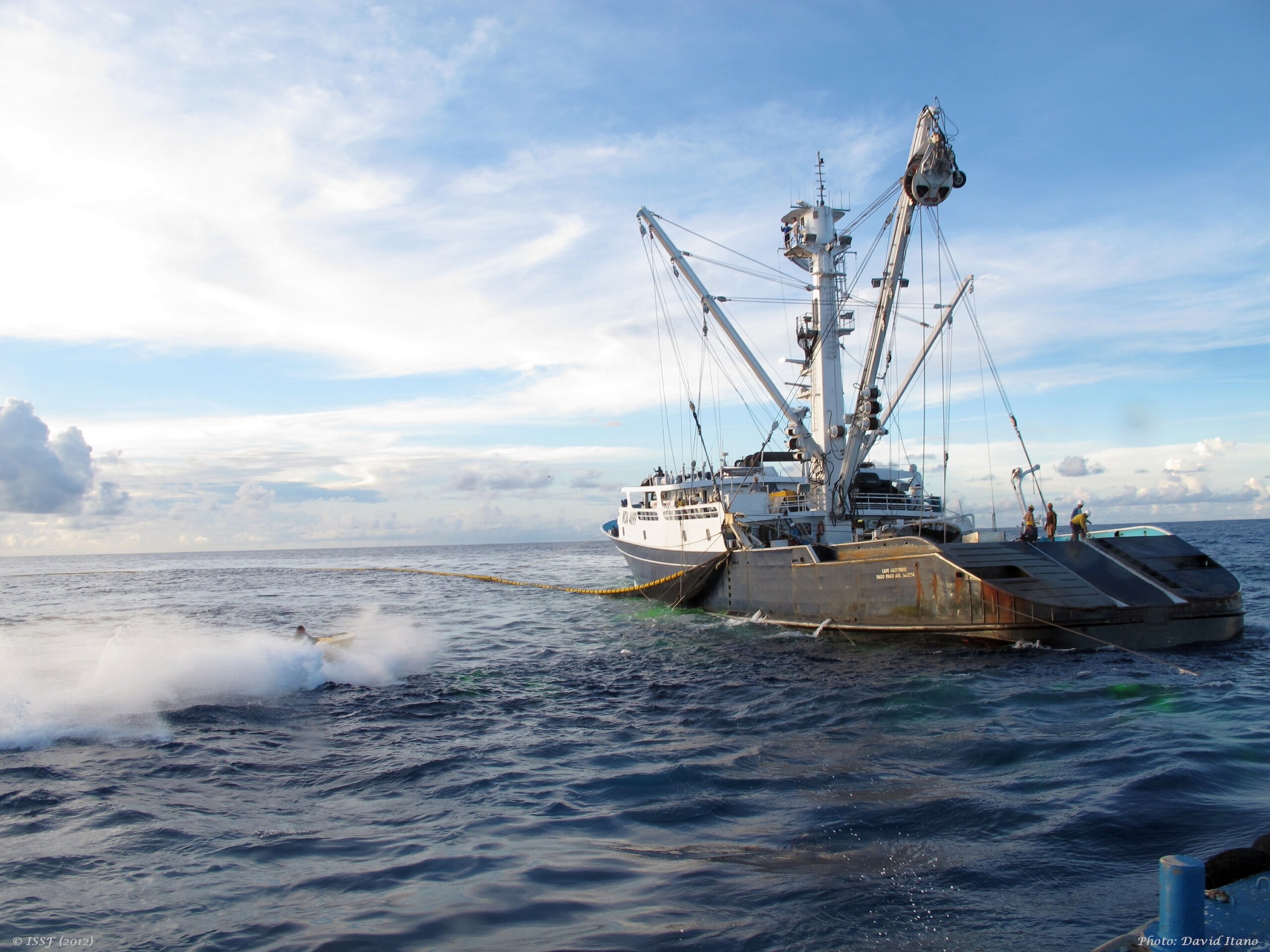
Eastern Pacific Ocean Fisheries Managers Must Continue to Strengthen Compliance Processes and Expand Vessel Monitoring
Today, we live in an era of heightened expectations for more transparent and responsible practices across seafood supply chains. Stakeholders are increasingly appealing to regional fisheries management organizations (RFMOs) — the governing bodies that oversee fisheries resources — for stronger commitments to assess the implementation of the policies they adopt and to increase the level of on-the-water monitoring. These practices are especially important for a vital, global food resource like tuna, which is most often harvested far from shore.
Strong, transparent compliance policies and practices improve fisheries management because they hold RFMOs’ member countries accountable. Robust vessel-level monitoring is critical to effective fisheries management, compliance monitoring, and independent verification of catch and bycatch data.
The Inter-American Tropical Tuna Commission (IATTC) manages tuna stocks in the Eastern Pacific Ocean (EPO). In recent years, IATTC has taken important steps to improve its compliance processes as well as develop vessel-based electronic monitoring (EM) programs. Yet more action is needed to further enhance the IATTC compliance regime and to put comprehensive monitoring coverage in place for all gear types.
The ISSF 2024 IATTC position statement outlines our organization’s asks related to these and other important areas. In this blog, we address why this work is crucial to sustainable fisheries management. We also recommend the specific efforts IATTC should make at its upcoming annual meeting.
RFMOs and Compliance Processes
RFMO member States’ compliance with agreed management measures is essential for RFMOs to carry out their mandates, meet their objectives, and perform effectively. All tuna RFMOs have an annual mechanism to monitor and assess the compliance of members with the RFMO’s conservation and management measures.
All RFMO compliance processes are broadly composed of three steps: information gathering; review and assessment; and feedback and/or application of corrective remedies — by the RFMO and/or through its member States. But disparities and weaknesses exist among RFMOs in these areas. In response, ISSF and partners have developed a set of recommendations to help improve tuna RFMO compliance processes.
IATTC’s recent steps are consistent with expert recommendations to help RFMOs design and implement successful compliance processes. In 2022, for example, the Commission adopted improvements like greater detail in compliance reports and mechanisms to identify infraction patterns.
These strides show that IATTC is serious about considering and improving how compliance works in their region, and this year the Commission should continue such efforts. IATTC must establish a time-bound work plan to further strengthen the Committee’s procedures and outcomes, including developing a scheme of responses to improve compliance. The Commission should also develop and adopt a hierarchy of infractions so that limited resources can be directed to the most pressing issues.
Vessel Data: Critical for Compliance and Science
In the IATTC, as in other tuna RFMOs, the degree to which member state compliance can be assessed depends on the availability of independent, verifiable data for such assessments. The same is true for ensuring robust scientific evaluations of tuna stocks and fisheries’ impacts on bycatch species like sea turtles and sharks. Yet in the EPO, longline vessel fisheries have only a 5% minimum observer coverage requirement. There is no observer coverage mandated for class 1-5 purse seine vessels, and only large-scale purse seine vessels have 100% observer coverage.
Fortunately, technological advancements in EM offer a solution to address data gaps through increased at-sea monitoring. Adopting minimum standards for the use of EM in tuna fisheries is a crucial step toward fully leveraging the power of this tool for improved data collection. (See best practice recommendations on electronic monitoring promoted by ISSF and partners.)
Two other tuna RFMOs — the Indian Ocean Tuna Commission (IOTC) and the International Commission for the Conservation of Atlantic Tunas (ICCAT) — have already adopted EM minimum standards. And the IATTC Working Group on EM has made good progress in developing interim EM program standards. Now, it is imperative that IATTC adopt harmonized interim EM standards at its annual meeting. This decision would help to improve monitoring levels while also increasing the availability of data for scientific work and assessing implementation of IATTC fisheries management measures.
ISSF has been pleased with the recent pace of change for the effective and sustainable management of EPO tuna fisheries. IATTC must continue in that vein by acting decisively on the items addressed above. Only then can the tuna RFMO meet today’s demands for science-based management and accountability and transparency in the governance of shared fishery resources.


